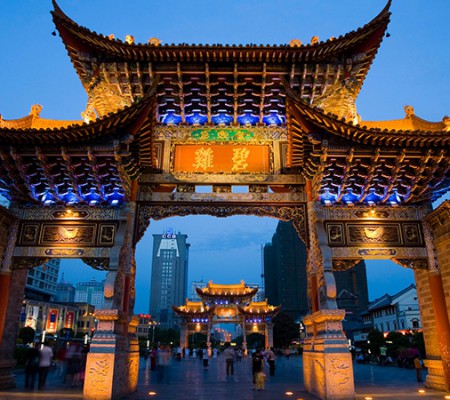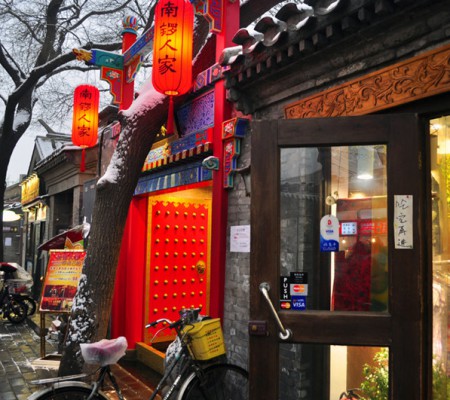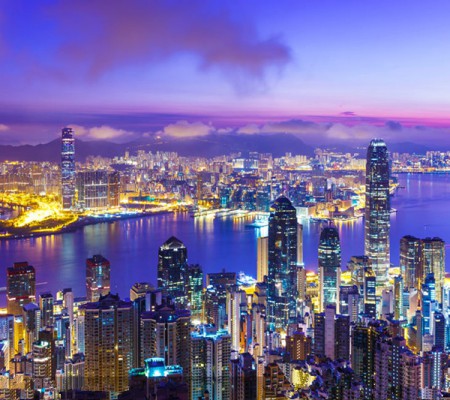Mexico City
Mexico City Overview
Chinese Name: English IPA: Location: Population (city): Language: Zip code: Tel code: Time zone:
To travel from Mexico City to the main cities of China (such as Beijing, Shanghai, Guangzhou, Shenzhen, etc.), you will need to take a flight, as there are no direct flights from Mexico City to China. Here’s a step-by-step guide to help you plan your trip:
Step 1: Departure from Mexico City
You will depart from Mexico City International Airport (Aeropuerto Internacional Benito Juárez), which is the primary international airport in Mexico City. This airport is well connected to major international hubs and will serve as your point of departure.
Step 2: Connecting Flights to China
Since there are no direct flights from Mexico City to China, you will need to transit through an international hub. Below are the most common layover cities and airlines you can consider:
Option 1: Via U.S. Hubs
- American Airlines: Fly from Mexico City (MEX) to Dallas/Fort Worth (DFW), then transfer to a flight to Beijing, Shanghai, Guangzhou, or Shenzhen.
- Delta Airlines: Fly from Mexico City (MEX) to Atlanta (ATL), then transfer to a flight to Beijing, Shanghai, Guangzhou, or Shenzhen.
Option 2: Via European Hubs
- Air France: Fly from Mexico City (MEX) to Paris Charles de Gaulle (CDG), and then connect to a flight to Beijing, Shanghai, Guangzhou, or Shenzhen.
- Lufthansa: Fly from Mexico City (MEX) to Frankfurt (FRA), and then connect to a flight to Beijing, Shanghai, Guangzhou, or Shenzhen.
- KLM: Fly from Mexico City (MEX) to Amsterdam Schiphol (AMS), and then transfer to a flight to Beijing, Shanghai, or Guangzhou.
Option 3: Via Middle Eastern Hubs
- Qatar Airways: Fly from Mexico City (MEX) to Doha (DOH), and then connect to a flight to Beijing, Shanghai, Guangzhou, or Shenzhen.
- Emirates Airlines: Fly from Mexico City (MEX) to Dubai (DXB), and then transfer to a flight to Beijing, Shanghai, Guangzhou, or Shenzhen.
- Etihad Airways: Fly from Mexico City (MEX) to Abu Dhabi (AUH), and then transfer to a flight to Beijing, Shanghai, Guangzhou, or Shenzhen.
Option 4: Via Asian Hubs
- Singapore Airlines: Fly from Mexico City (MEX) to Singapore Changi (SIN), and then transfer to a flight to Beijing, Shanghai, Guangzhou, or Shenzhen.
- Cathay Pacific: Fly from Mexico City (MEX) to Hong Kong (HKG), and then transfer to a flight to Shanghai, Guangzhou, or Shenzhen.
Step 3: Arrival in China
Once you arrive in China, you will likely land in one of the following major cities:
- Beijing: The capital of China, home to attractions like the Great Wall, Forbidden City, Tiananmen Square, and Temple of Heaven.
- Shanghai: Known for the Yu Garden, Shanghai Tower, The Bund, and shopping streets like Nanjing Road.
- Guangzhou: Famous for the Canton Tower, Shamian Island, and its Cantonese cuisine.
- Shenzhen: A modern city with tourist spots like Window of the World, Splendid China Folk Village, and its high-tech industry.
Step 4: China Visa Requirements for Mexican Citizens
Mexican citizens will need to apply for a Chinese Tourist Visa (L Visa) to enter China. Here’s how to apply:
Documents Required:
- Passport: Must be valid for at least 6 months from the date of application.
- Visa Application Form: A completed form, available from the Chinese Embassy or Consulate.
- Passport-sized Photo: A recent photo for the application.
- Round-trip Flight Tickets: Proof of return or onward travel.
- Hotel Reservations or Invitation Letter: If you’re visiting family or friends, they can provide an invitation letter.
- Proof of Funds: A bank statement showing sufficient funds for your stay.
Visa Processing Time:
Typically, it takes about 4-5 business days for visa processing, though it may take longer depending on the embassy or consulate.
Step 5: Travel Within China
Once you’re in China, there are several transportation options for traveling between cities:
- Domestic Flights: Chinese airlines like Air China, China Eastern, China Southern, and Hainan Airlines operate flights between major cities such as Beijing, Shanghai, Guangzhou, Shenzhen, Chengdu, and more.
- High-Speed Trains: China has an extensive high-speed rail network, which connects cities like Beijing, Shanghai, Guangzhou, Xi’an, and more.
- Public Transportation: Major cities in China have efficient metro systems, buses, and taxis for getting around.
Step 6: Travel Tips for Mexican Citizens Visiting China
- Language: The official language of China is Mandarin Chinese, and while English is widely understood in major cities, it is not commonly spoken in rural areas. It can help to learn a few basic Chinese phrases or use a translation app.
- Currency: China’s currency is the Chinese Yuan (CNY). Currency exchange can be done at the airport or in banks, and international credit cards are widely accepted in larger cities.
- Time Zone: China operates on China Standard Time (CST), which is UTC+8. Mexico is in the Central Time Zone (UTC-6), meaning there is a 14-hour time difference.
- Internet Access: Some websites like Google, Facebook, and WhatsApp are blocked in China. Consider using a VPN to access these services if needed.
- Health and Safety: It’s always recommended to have travel insurance. Ensure you have any necessary vaccinations before traveling.
Step 7: Suggested China Travel Itinerary
Here’s a suggested itinerary to explore some of China’s most iconic destinations:
- Day 1-3: Beijing – Visit Tiananmen Square, Forbidden City, Great Wall, Temple of Heaven, and Summer Palace.
- Day 4-6: Shanghai – Explore Yu Garden, Shanghai Tower, The Bund, Nanjing Road, and visit the Shanghai Museum.
- Day 7-9: Guangzhou – Visit Canton Tower, Shamian Island, and try Cantonese food at Beijing Road or Shamian Island.
- Day 10-12: Shenzhen – Visit Window of the World, Splendid China, and explore the modern attractions of this tech city.
To travel from Mexico City to China, you will need to take connecting flights via major international hubs in the U.S., Europe, or the Middle East. Once in China, you can explore famous cities like Beijing, Shanghai, Guangzhou, and Shenzhen. Be sure to apply for a Chinese Tourist Visa before your trip and make use of China’s extensive transportation options, such as domestic flights and high-speed trains, to explore the country.























